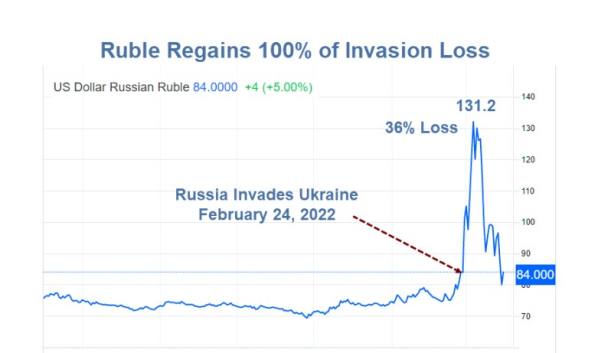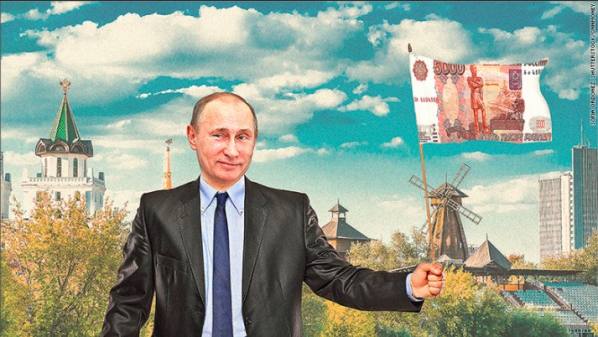
The NFT space is notorious for scams and dishonest behavior, with frequent rug pulls.
Though, it can be worthwhile for the victims of NFT rug pulls to report their experiences.
That might mean you send your payment to mint an NFT, but nothing arrives, or it could mean that you receive your NFT, but the project then shuts down.
Q4 2021 volumes have gone up or down and how much?
Demand for Utility
It is entirely possible for creators to drop single NFTs, or even launch a full NFT collection, with no further plans beyond delivering the images to buyers. In fact, many creators have done exactly that, and in the case of, for example, photographers who are simply selling their work in a scarce, digital format, it makes sense as an entirely legitimate business model.
However, as the NFT space has evolved and become saturated (particularly when it comes to PFP collections), more is demanded in order for a collection to stand out, and there is an expectation that every drop is actually a project, and has utility. That‘s a word you’ll see a lot: utility. As in, what can my NFT do for me, and what is being built around these objects?
As a result, when you look at new collections/projects now, youll usually find a roadmap illustrating what has become a fairly standard set of targets. You can typically expect access to a community (probably through a Discord server), plans for physical merchandise, possibly a token launch (with NFT staking ), and there is often mention of 3D avatars, and some way of tapping into the metaverse trend.
That can all sound enticing (until youve seen it a dozen times), and there are no doubt honest projects, some of which might have the capacity to achieve their targets. The project most on course to deliver (and already creating tremendous value for its holders) is Bored Ape Yacht Club, which is, potentially, transforming itself into the first native web3 giant.
Rug Pulls Are No Surprise
This emphasis on utility gets us to a strange aspect of NFTs, that if a collection sells out based on its roadmap promises (along with, most likely, some decent artwork, design and hype), then the creators have immediately received a very substantial chunk of up-front investment, based on what often amounts to an extremely short, generic pitch deck.
Whats more, there has up to now been relatively little pressure on creators to actually deliver on their proposals, since so much of what occurs around NFTs is online, remote and wrapped in pseudonymity.
Is it any surprise, then, that so many projects pull the rug, either immediately, or in a gradual process of just quietly not developing anything of substance?
Frosties NFT Creators Arrested
There has been a lack of accountability or consequence for dishonest actors in the NFT space, but that changed last week when two men were both charged with conspiracy to commit wire fraud and conspiracy to commit money laundering , in connection with the Frosties NFT project.
Frosties was a notorious rug pull that occurred in January, selling out 8,888 NFTs before the project team shut the whole thing down and disappeared with around $1.1 million in ETH.
The charged men are both twenty years old and were arrested in Los Angeles. At the time of arrest they were, it is alleged, planning to repeat their scam with a new project called Embers, but were caught before minting began.
The full details of the complaint are laid out here, but some important factors are:
An investigation began after victims of the fraud publicly reported it.
The Frosties website advertised benefits to purchasing the NFTs, including staking, a metaverse and holder rewards such as giveaways and airdrops.
Three buyers who were interviewed by authorities made the decision to purchase Frosties NFTs based on the advertised benefits (in two cases), or as an investment opportunity (in one case).
Implications of the Case
The first takeaway from all this is that a very simple NFT drop, with no roadmap or utility, would perhaps be in the clear even if it then packed up shop. No further promises equal no promises broken.
However, in the world of projects whose NFTs are touted as the base assets within complex ecosystems that have yet to be built, we may be witnessing the beginning of the end of the wild west era.
It appears that if sales are made on the basis of advertised benefits and potential future returns, then the creators of the project have an obligation to deliver on their stated commitments.
Another point is that it can be worthwhile for the victims of NFT rug pulls to report their experiences. There has been an attitude up to now that scams are just a part of the landscape, and if you fall prey to one, then you simply have to suck it up and hone your street smarts. However, as the Frosties case shows, that kind of acceptance might not be the best course.
And relatedly, we can see that the authorities may be able to deal with NFT scams using existing laws. As such, the perception that what happens around NFTs unfolds in some kind of anarchic hinterland, beyond the reach of the authorities, might not be entirely accurate.





